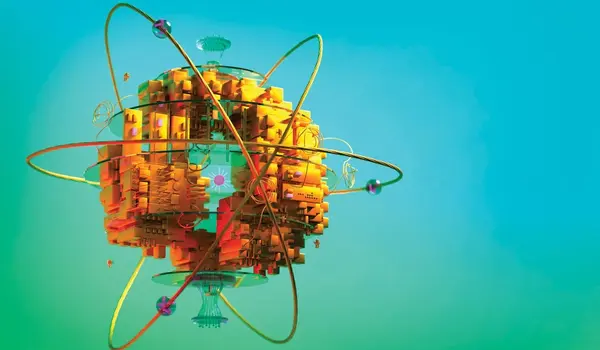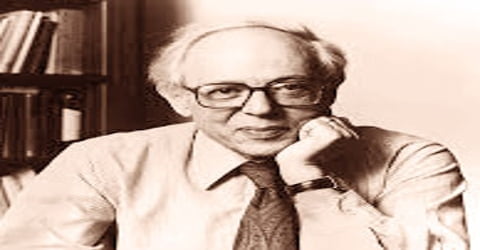Quantum computers have the potential to revolutionize many fields, with chemistry being one of the most promising. Quantum computers can simulate and analyze complex chemical systems in ways that classical computers cannot.
Quantum computers are expected to provide revolutionary new possibilities for simulating chemical processes. This could have a significant impact on everything from the development of new pharmaceuticals to the development of new materials. Chalmers University researchers have used a quantum computer to perform calculations in a real-life chemistry case for the first time in Sweden.
“In theory, quantum computers could be used to handle cases in which electrons and atomic nuclei move in more complicated ways.” If we can learn to use them to their full potential, we should be able to push the limits of what we can calculate and understand,” says Martin Rahm, Associate Professor in Theoretical Chemistry at the Department of Chemistry and Chemical Engineering and the study’s lead author.
The study is a proof of concept that our method can improve the quality of quantum-chemical calculations. It is a useful tool that we will use to improve our calculations on quantum computers.
Martin Rahm
The laws of quantum mechanics are used in the field of quantum chemistry to understand which chemical reactions are possible, which structures and materials can be developed, and what properties they have. Such studies are typically carried out with the assistance of supercomputers built with conventional logical circuits.
There is, however, a limit to the number of calculations that conventional computers can handle. Many researchers believe that a quantum computer should be better equipped to perform molecular calculations than a conventional computer because the laws of quantum mechanics describe the behavior of nature on a subatomic level.
“Most things in this world are inherently chemical. For example, our energy carriers, within biology as well as in old or new cars, are made up of electrons and atomic nuclei arranged in different ways in molecules and materials. Some of the problems we solve in the field of quantum chemistry are to calculate which of these arrangements are more likely or advantageous, along with their characteristics,” says Martin Rahm.

A new method minimises errors in the quantum chemical calculations
There is still a long way to go before quantum computers can achieve the researchers’ goals. This is a new field of study, and the small model calculations that are performed are complicated by noise from the quantum computer’s surroundings. Martin Rahm and his colleagues, on the other hand, have discovered a method that they regard as a significant step forward. The method is known as Reference-State Error Mitigation (REM), and it works by correcting for errors caused by noise by combining calculations from a quantum computer and a conventional computer.
“The study is a proof-of-concept that our method can improve the quality of quantum-chemical calculations. It is a useful tool that we will use to improve our calculations on quantum computers moving forward,” says Martin Rahm.
The method’s basic idea is to start with a reference state by describing and solving the same problem on both a conventional and a quantum computer. This reference state is a simpler description of a molecule than the original problem that the quantum computer was designed to solve. A standard computer can quickly solve this simplified version of the problem. By comparing the results from both computers, an exact estimate of the amount of error caused by noise can be made. The difference in solutions for the reference problem between the two computers can then be used to correct the solution for the original, more complex problem when it is run on the quantum processor.
“We see good possibilities for further development of the method to allow calculations of larger and more complex molecules, when the next generation of quantum computers are ready,” says Martin Rahm.
Quantum computer built at Chalmers
The study was carried out in collaboration with colleagues from the Department of Microtechnology and Nanoscience. They built the quantum computers used in the study and assisted in the sensitive measurements required for the chemical calculations.
“We can only understand how our hardware works and how to improve it if we use real quantum algorithms. Our collaboration with Martin Rahm’s group is especially valuable because chemical calculations are one of the first areas where we believe quantum computers will be useful,” says Jonas Bylander, Associate Professor in Quantum Technology at the Department of Microtechnology and Nanoscience.
















